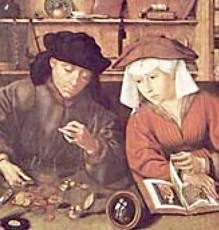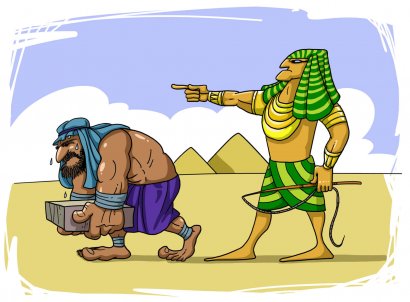 The diversity of the entire animal world is known as fauna, a word that comes from Faun, a being from Roman mythology that corresponds to the god Pan from Greek mythology.
The diversity of the entire animal world is known as fauna, a word that comes from Faun, a being from Roman mythology that corresponds to the god Pan from Greek mythology.
In most mythological tales it is stated that Fauno was the son of Pico (a grandson of Saturn) and of the nymph Marica. Like his grandfather, Fauno is one of the gods of agriculture and livestock and is also the protector of shepherds.
According to mythological accounts, he reigned in the territory of Lazio and taught agricultural techniques to its inhabitants. To venerate Saturn, the god Faun promoted human sacrifices in his honor.
In tradition, he is described as having a unique appearance, as he has the legs and feet of a goat, a head with two horns, a flattened nose, and a messy beard and hair. This image corresponds to the characteristics of the god Pan of the Greeks.
Due to his grotesque appearance he was a miserable being. In fact, when he fell in love with the nymph Syrinix she did not want to return his love. As the god did not renounce her and chased her through the forest, the rest of the gods took pity on the nymph and turned her into a reed. Totally afflicted, the god of agriculture took two stalks of the reed and made a flute to sing beautiful songs.
A possible interpretation of the myth
Although there is no single interpretation of the Faun myth, most scholars believe that its meaning could be explained by the need to care for crops. Thus, as at that time the regularity of natural phenomena was unknown, men had to find the support of a protective divinity of their crops.
 The fauns of Roman mythology are the descendants of Faun and correspond to the Greek satyrs
The fauns of Roman mythology are the descendants of Faun and correspond to the Greek satyrs
These beings of mythology were associated with lust, that is, excessive sexual appetite. They were fond of wine and wild dancing. They chased nymphs tirelessly, but at the same time they were friendly and enjoyed music. The fauns had legs with abundant hair, the ears and the tail like those of a deer and the rest of the body with human aspect.
Other hybrid beings of mythology
Strange beings with human and animal features abound in both Greek and Roman tales. The Minotaur had the head of a bull and the body of a man and his name means "head of Minos". Mermaids were sea creatures with a woman's face. Harpies were beautiful winged women.
Fotolia photos: zwiebackesser / nuriagdb









